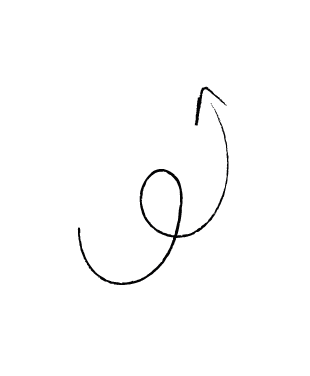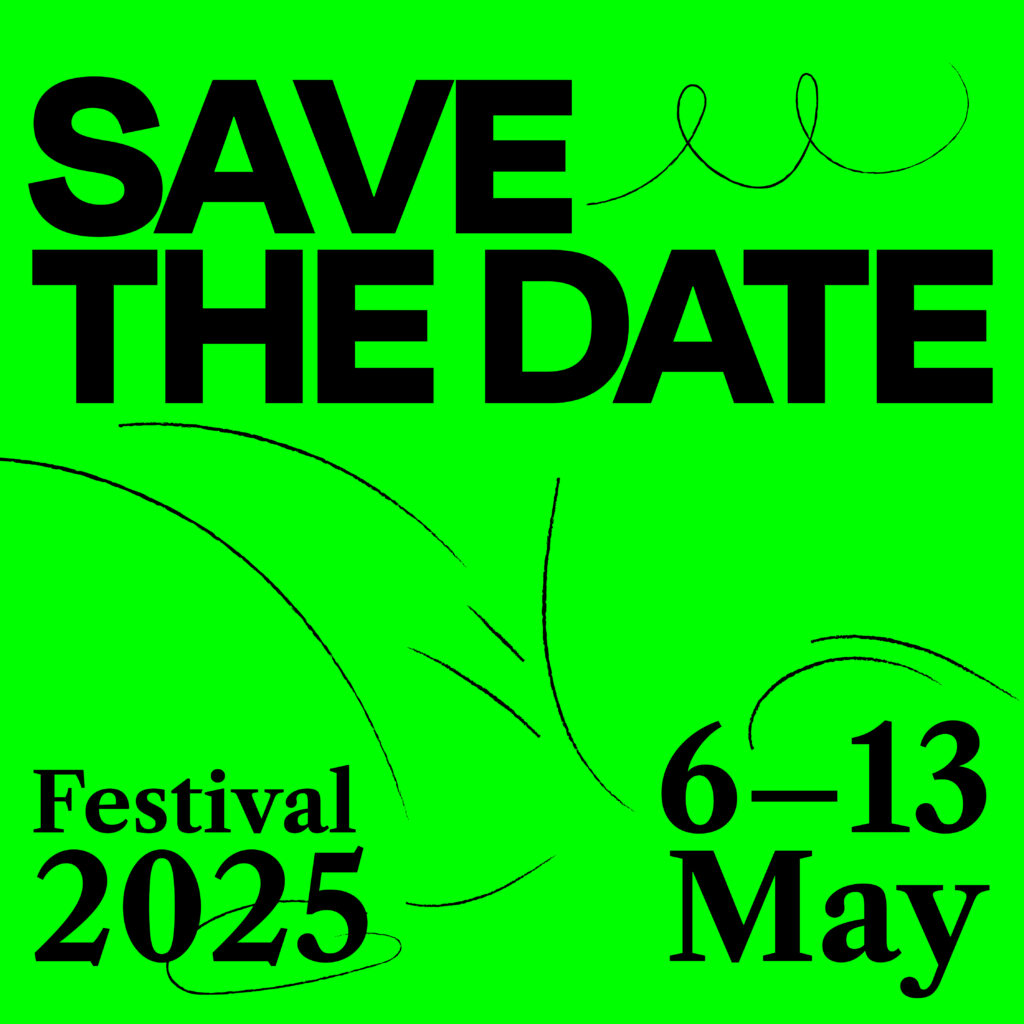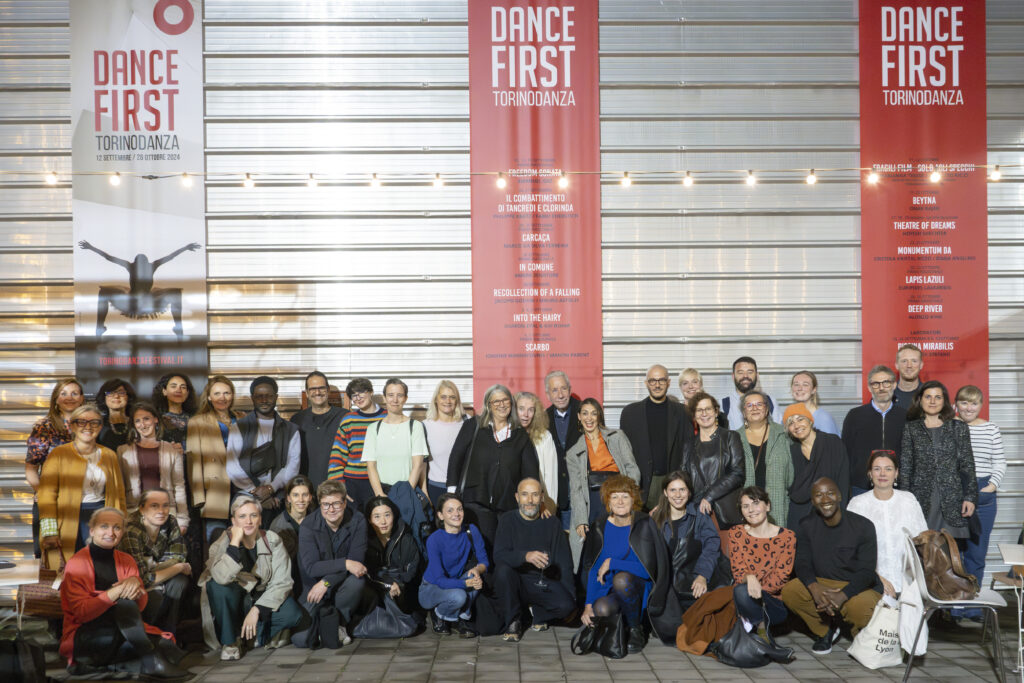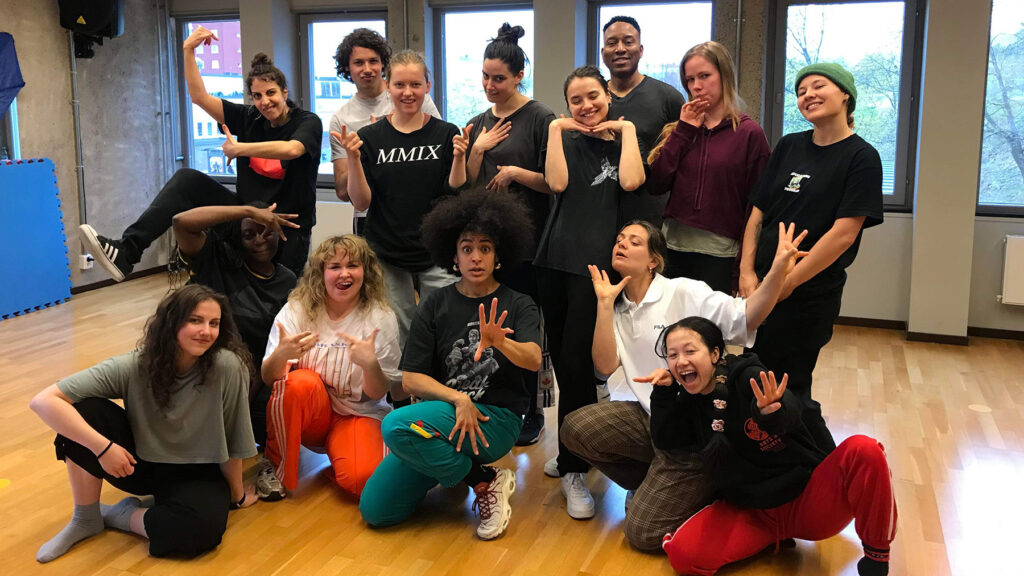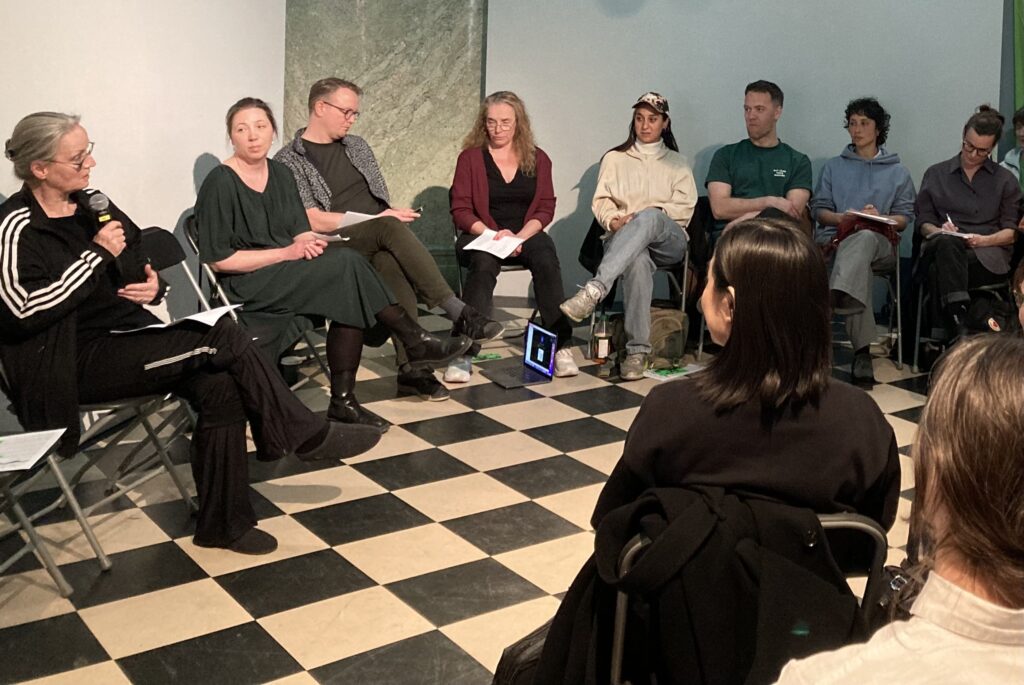To develop and strengthen the exchange between the Swedish and the Baltic dance scenes has been one of the priorities of STHLM DANS since its first edition last year and we aim at keeping the good work in the next years. So how do we do that, and why is this is so important to us?
Dance Programme exchange
First and foremost, it is about creating good opportunities for the artists. This year, STHLM DANS has continued its dialogue and active collaboration with the Lithuanian Info Dance Centre, with the support of the Lithuanian Cultural Attaché in Sweden, going strong from last year’s success and now exploring new territories, to exchange and program dance artists, in an effort to promote our respective scenes. The Lithuanian dance scene is vibrant and exciting and it is a pleasure to discover and present emerging choreographers from Lithuania, a collaboration we hope to extend to the other Baltic countries.
This year, we have invited Dovydas Strimaitis with ‘The Art of Making Dance’ at the art gallery Accelerator, in which a choreographic sentence is built in front of our eyes. Yet, the additions are so subtle that the evolution is almost unnoticeable. Dovydas, who is based between Marseille and Brussels and whom we discovered at the Baltic Dance Platform last year, takes inspiration from museums and art galleries, in the way the audience’s gaze reveals new details and impressions while the artwork in itself is ‘static’. Can we look at dance as we look at a sculpture for instance? The beauty of this piece is in the contrast provided between the controlled perfection of the choreography and the liberated softness of the hand and the hair movement. A balance, rather than a dispute between the intrinsic masculine and feminine nature. Interestingly enough, Dovydas has created ’Hairy’ a choreography for hair, which ’ventures into a battle between chaos and order’.
Dovydas also took part to ’How do we talk about dance’ moderated by the choreographer Björn Säfsten and organised in collaboration with Dansens Hus, and the round table on Baltic/Nordic dance exchange.
Last year, we had the chance to welcome two fantastic artists from Lithuania, Lukas Karvelis and Anna-Marija Adomaitytė.
The DNA of STHLM DANS is to place dance in a great variety of contexts and places, for new audiences, not only on stage, but also on the street, in museums, in forests… So in this respect Lukas Karvelis, who presented ‘Theo’ at the bus stop in front of Dramaten on a busy Sunday afternoon really made an impression. In this solo presented with Scenkonstmuseet, he portrays a character ‘Theo’ that has just woken up from a rave party. The night is long gone and so have his friends and he now found himself in the middle of the busy city. He acts like the grain of sand that can subtly disturb the mechanics of the well functioning city. Dancing and jumping on bins, playing a hypnotising track, being proudly queer, his performance was just glorious. I think that a few passersby thought he was a real maniac, but he had the greatest time with bus drivers and so did they. Portraying the rave culture is now a bit of a trend in the dance scene, but this piece showed you what happens after the party, when a single ‘misplaced’ person can somehow disrupt the normative use of space, and gently play with it. How powerful we are, and how we ignore it.
Anna-Marija Adomaitytė and Gautier Teuscher, from Lithuania and Switzerland with ‘Workpiece’ presented at Scenkonstmuseet also made a political interpretation of movements. It is an incredibly interpreted piece by Anna-Marija that questions the effect of repetitive work on the body, especially for fast food workers. It is of a remarkable precision and a spot on commentary on capitalism, using a vocabulary of gestures we all know and recognise. There is an element of Chaplin in the Modern Times, but no one is laughing anymore.
In return and as part of this exchange, Sindri Runudde who was programmed as part of STHLM DANS last year was invited to perform ‘A Sensoral Lecture’ this year in Lithuania, as part of the New Baltic Dance Festival, where he performed in Vilnius and Ukmergė where he met large audiences.
Sustainable dance touring in the the Nordic/Baltic region
One of the important talks held this year was on the creation of sustainable touring for dance in the Nordic/Baltic region at Accelerator in which we invited dance professionals, artists and funders to discuss challenges and opportunities. Sustainability was defined in this conversation as a holistic model that is respectful of the environment, the dance sector and the working condition of the artist.
With the current public funding cuts and the ever-worsening climate crisis, the question of sustainable and slow touring has become increasingly crucial. Yet we see little cross-national touring happening at a regional level in the Nordic and Baltic regions.
We have invited some professionals from the Nordic and Baltic region to share their viewpoints on the situation; the challenges met and the strategies to overcome them, and touring opportunities to explore: Dovydas Strimaitis (Choreographer), Virve Sutinen (previous Artistic Director Tanz Im August), Tatjana Meļehova (Vides Deja Festival, Latvia), Anna Efraimsson (MDT), Magnus Nordberg (Nordberg Movement), Malin Lundstedt (Dansnät Sverige), Anna Adeniji (Adenji Consulting & Education and Inclusion Academy) and Eva Broberg (European Dancehouse Network, STHLM DANS). The conversation was facilitated by Marie Proffit (STHLM DANS).
Many of the participants have pointed out a lack of logistics and resources on the Baltic side, but also the lack of communication on the good initiatives already happening at Baltic/Nordic level, with the need to create more networking and trust between our countries.
As Virve Sutinen said: ’More exchange are needed between our neighbouring countries. It is key to build the appeal, the trust, the networks to ensure onward exchange and collaboration. Artistic collaboration can work, and invitations need to be to and from rather than in one direction only’.
We hope that connecting professionals from Lithuania, Latvia, Finland and Sweden on this topic during the festival will contribute at a small level to enable the development of more sustainable dance touring in the Nordic/Baltic region. See you next year for more collaborations!
Picture: ‘A Sensoral Lecture’ at the New Baltic Dance Festival, D. Ališausko nuotr.
